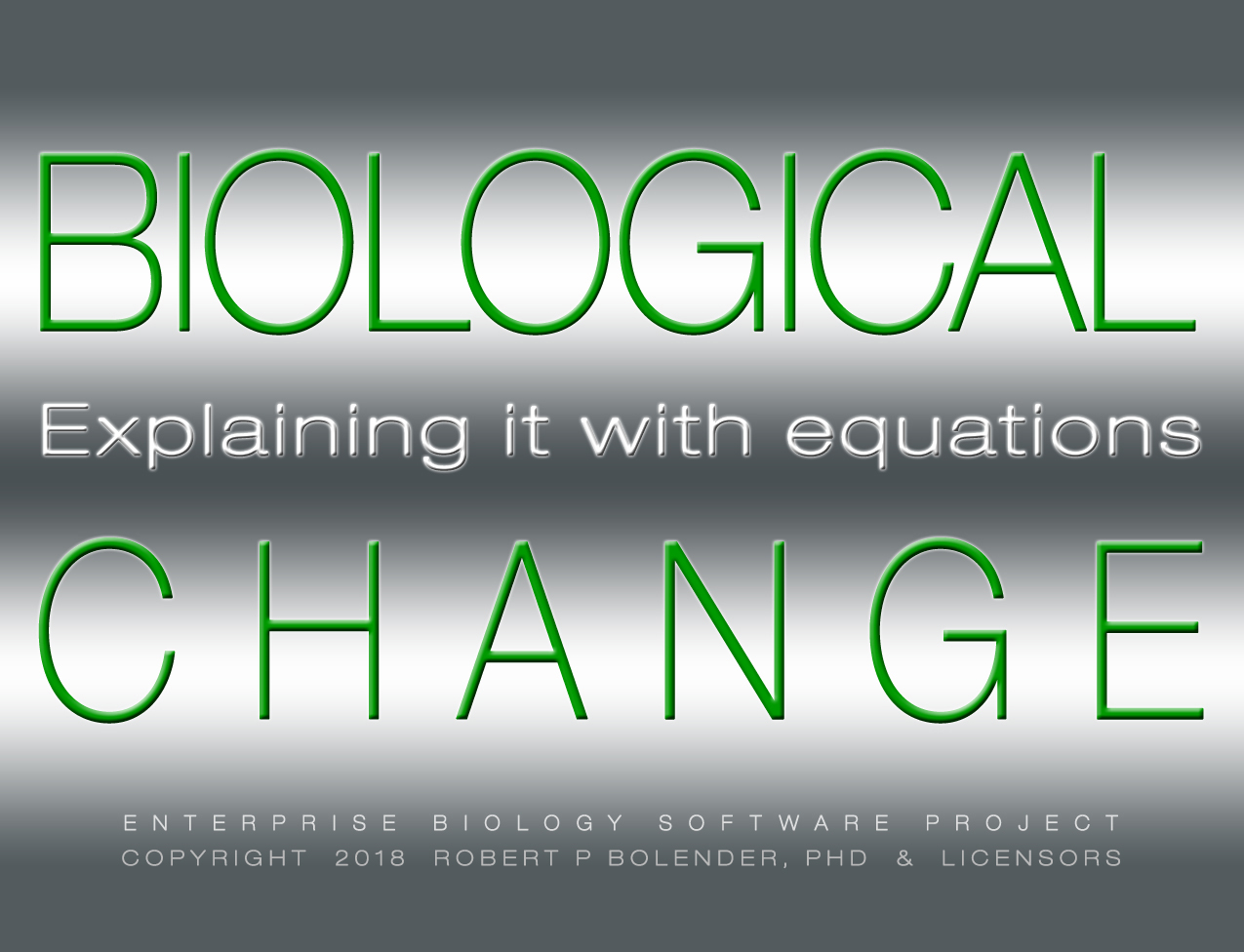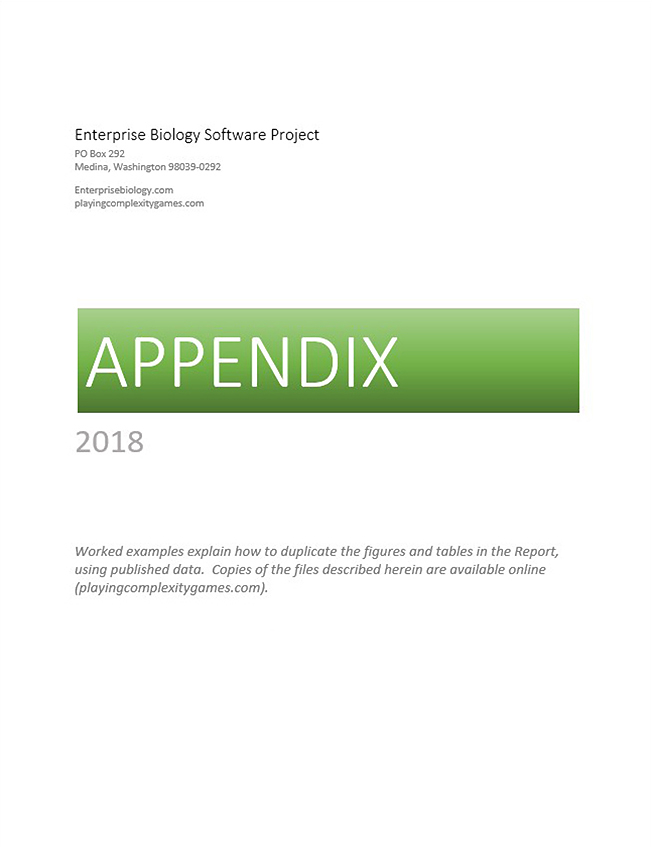PROGRESS REPORT - 2018



THE GOAL
The progress report takes a fresh look at how biology changes its cells. It looks for biological rules, captures them with equations, and then uses the equations to see how biology solves the problems we create with our experiments.
THE PROBLEM
Change in biology involves wide-scale realignments in the parts and connections that define new relationships of structure to function. To biology a change is a solution. Our problem is to figure out how biology does it.
THE INCENTIVE
If biology defines change quantitatively as a function of both structure (morphology) and function (biochemistry), then understanding biological changes must require access to such functions.
THE STRATEGY
THE UNDERSTANDING
Biological changes cannot be managed successfully within a reductionist vacuum. Comparing concentrations, for example, creates such a vacuum because it ignores the accompanying complexity needed to parse a change. The report uses equations to explain why morphology and biochemistry can succeed when working together, but often fail when working alone. In biology, a change is defined by its complexity.
THE SOLUTION
- Define change as dynamic relationships of structure to function over time.
- Translate concentrations into average cell data.
- Derive biological equations from first principles.

PROGRESS REPORT - 2018
The progress report addresses problems related to detecting biological changes.

APPENDIX FOR 2018
The appendix includes calculations associated with the figures in the report.
